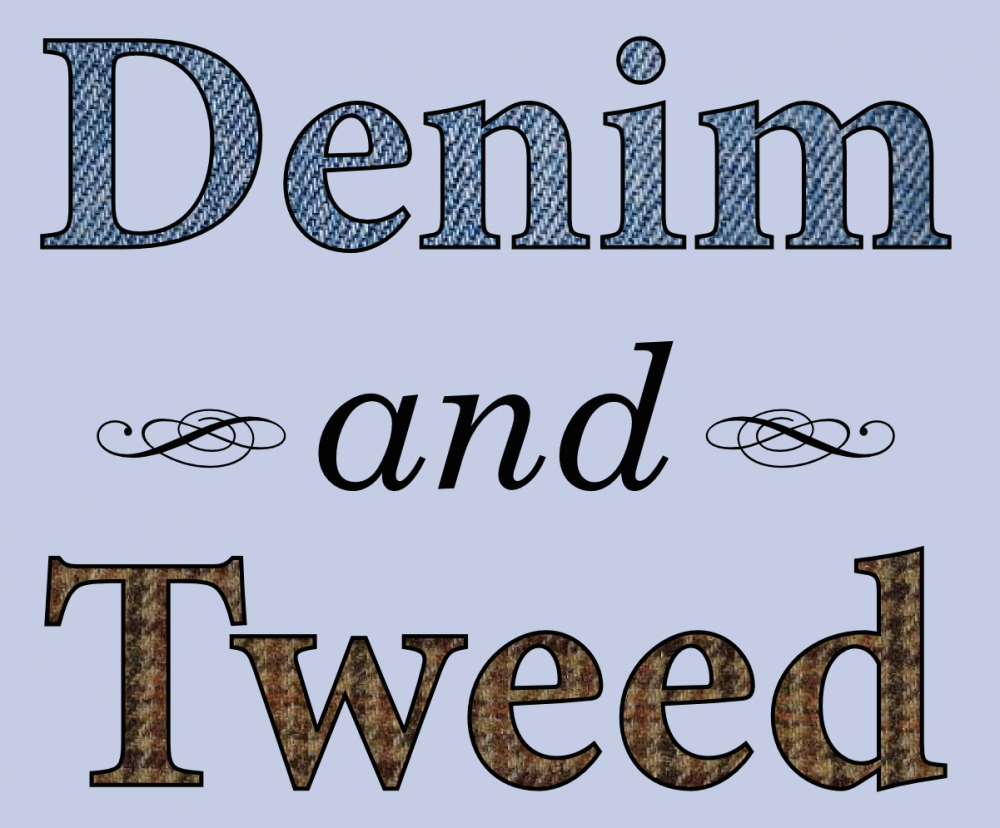 When your legs are adjusting to exercise, so is your brain. Photo by eccampbell.
When your legs are adjusting to exercise, so is your brain. Photo by eccampbell.- Brains are more like brawn than we thought. Trials in lab rats show that brain tissue can burn glycogen, just like muscle tissue.
- Ladybuisness with a twist? If vaginal pH can determine vulnerability to infection, should women use acidic tampons, or even douche with lime juice?
- Evolutionary innoculation. A toxic introduced plant has apparently helped Australian lizards evolve resistance to cane toads’ toxin.
- Drowning them out under water. New evidence shows that human-created sounds can interfere with whale song.
- Getting by with a little help from our friends, and our ancestors. Comparing groups of human children, chimpanzees, and capuchin monkeys solving the same puzzle shows that humans get ahead by collaboration.
- Practical chemistry. Pseudonymous authors point out that it’s not so hard to make cold medecine at home—from crystal meth.
And, via Carin Bondar, a video illustrating evolution using drawings “evolved” by elementary school students.
◼









